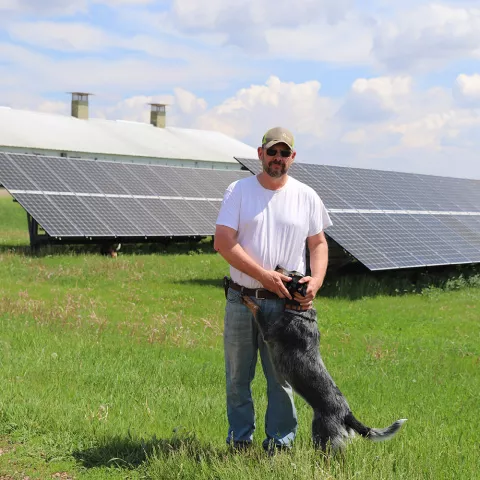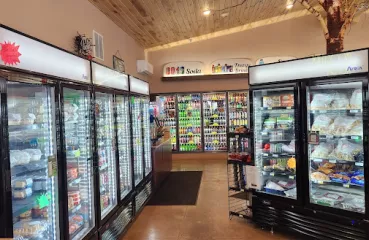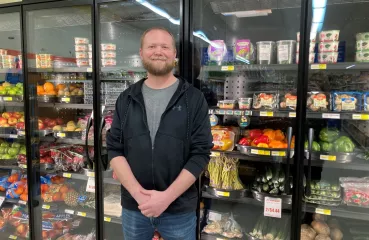In the picturesque expanse of Southwestern Minnesota, nestled amidst the plains, lies John Regier Farms, a beacon of innovation in the agricultural landscape. Departing from conventional methods, Regier Farms has embarked on a pioneering journey, embracing the inexhaustible potential of solar energy to revolutionize hog farming.
 At the core of their progressive approach is a vast array of solar panels, gleaming under the sun's radiance, meticulously positioned to harness maximum solar energy. Unlike traditional hog operations, which rely heavily on conventional power sources, Regier Farms is powered by renewable solar energy, marking a significant shift towards sustainability.
At the core of their progressive approach is a vast array of solar panels, gleaming under the sun's radiance, meticulously positioned to harness maximum solar energy. Unlike traditional hog operations, which rely heavily on conventional power sources, Regier Farms is powered by renewable solar energy, marking a significant shift towards sustainability.
The decision to integrate solar power into his operations was not made lightly. Recognizing the long-term benefits, John embarked on a thorough research endeavor, engaging with multiple solar companies from Minnesota and Iowa before finalizing the project and choosing his contractor. The investment, though substantial, was just that… an investment in his farm’s future.
With over 20,000 hogs annually, Regier Farms boasts a comprehensive operation, encompassing multiple barns on its properties. The installation of solar panels at various sites, including his residence, his son's farm, and another in Jackson County, underscores the Regier Farms' commitment to sustainability.
Opting for simplicity over complexity, John chose stationary solar panels, eschewing the need for rotational adjustments. This pragmatic approach, he believes, minimizes potential complications while maximizing efficiency — a philosophy evident in every aspect of his operation.
Despite encountering challenges, such as severe winds causing damage to a portion of the solar installation at his Jackson site, their resolve remained unwavering. With the support of the solar company, the setbacks were addressed, reaffirming his faith in the project's resilience.
The solar panels, with an estimated capacity of producing 48,000 to 52,000 kilowatts per year per site, have met expectations. Contrary to common belief, John asserts that the colder months yield optimal solar conversion rates, dispelling misconceptions surrounding seasonal variations in solar efficiency. The annual savings per year is approximately $4,000, which, according to John, will make the payback around year 10 or 11.
Empowered by three low-interest PACE loans, Regier Farms stands as a testament to the transformative potential of renewable energy in agriculture. “Working with Robin at Southwest Regional Development Commission was good. There were no surprises. Things were prompt and professional.”
As John aptly summarized, the journey towards sustainable farming necessitates a thorough exploration of options and a steadfast commitment to simplicity — a sentiment echoed in every gleaming panel basking in the sun's embrace.

 At the core of their progressive approach is a vast array of solar panels, gleaming under the sun's radiance, meticulously positioned to harness maximum solar energy. Unlike traditional hog operations, which rely heavily on conventional power sources, Regier Farms is powered by renewable solar energy, marking a significant shift towards sustainability.
At the core of their progressive approach is a vast array of solar panels, gleaming under the sun's radiance, meticulously positioned to harness maximum solar energy. Unlike traditional hog operations, which rely heavily on conventional power sources, Regier Farms is powered by renewable solar energy, marking a significant shift towards sustainability.


